Celebrating 100 years of a grandmother. In loving memory of Bianca (1923-2021)
Sagne 'ncannulate al sugo - Curled tagliatelle from Salento from her cooking repertoire
Do you remember her? said Anna with her loud, jolly voice.
It took Bianca a couple of seconds to recognize my little known face in the shaded light of a Southern Italian afternoon, then she answered: Tommy’s wife, the one who cooks.
I felt immediately part of the family. Even with her wobbly memory, she had retained the essential information about me, a woman she had seen for a couple of days every summer over the past 5 years: I was her grandson’s wife, and I was the one who cooked.
Even though when I met her she was already living in an elderly residence where a group of equally old nuns where lovingly taking care of her and other nonnas, she used to spend at least a week in Porto Cesareo with us. She loved the beach, the sun and the sea.
This is where I got to briefly know her, her sweet tooth and her love for Lucia— Tommaso’s mum—whose picture she would kiss with maternal love, and for her late husband Pasquale, whose photo she would always keep in the cammeo she had hanging at her necklace. She would always wear a glistening headband, earrings and pearls.
Tommy lost his paternal grandparents very early, so he had a very close connection with his maternal grandparents, Bianca and Pasquale, even though they lived very far apart. Tommaso spent every summer in Porto Cesareo with his grandparents, along with Easter and Christmas holidays. The journey from Florence to Lecce is very time consuming, but it has always been worth it: he would take a night train with Lucia every summer, as we did a couple of weeks ago when we went to Lecce, and reach his family in Salento. There he would find his uncles, aunts, cousins, a large tribe whose matriarch was Bianca.
Just as I’m doing with my mother in law Lucia, I’m trying to learn as much as I can about them through family anecdotes, black and white photos, and recipe books.
Breathing the salty air of Salento, eating the local rough handmade pasta, and listening to family stories makes me feel closer to them.
You can read more about our Southern roots here:
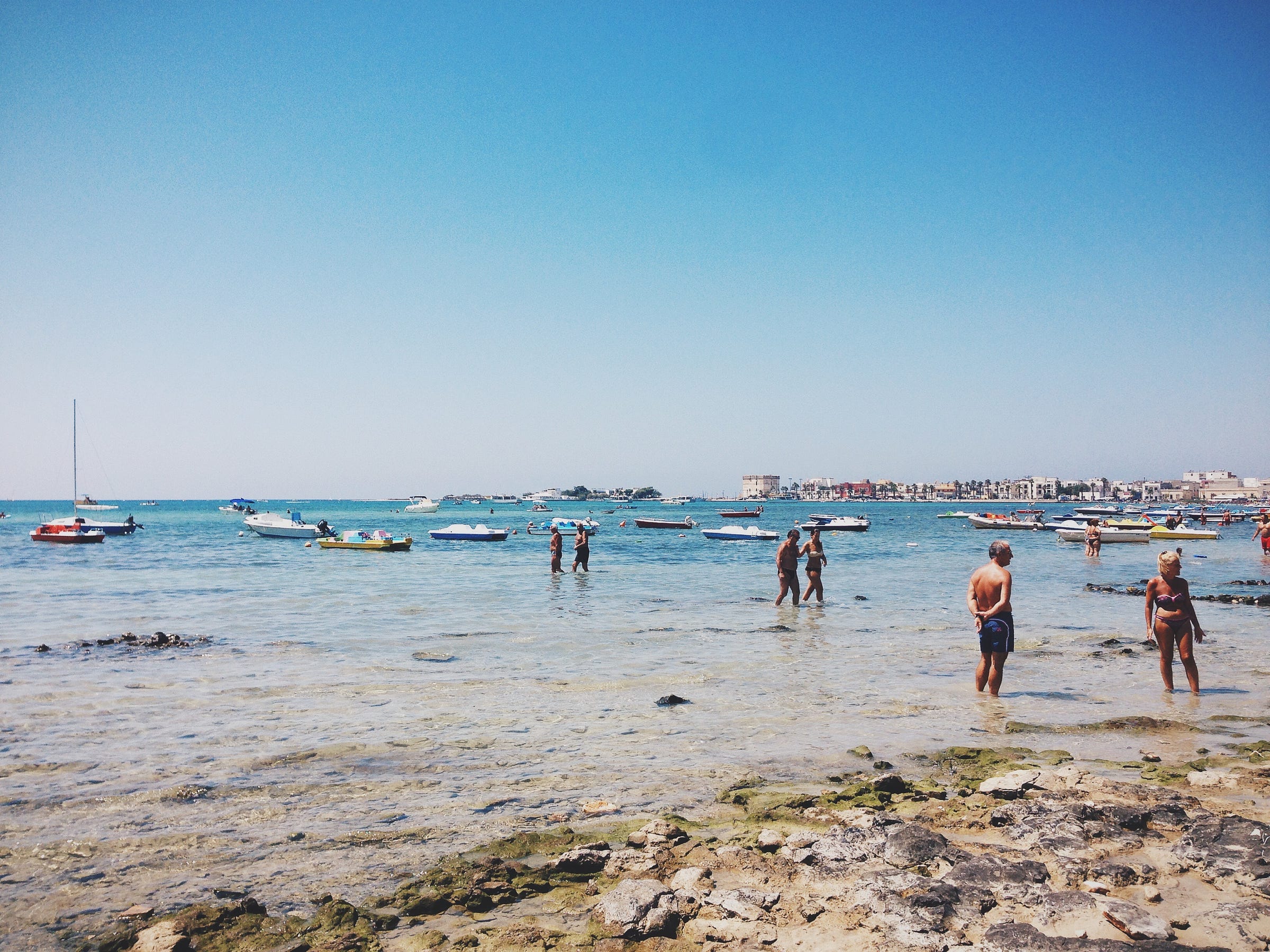
Bianca would have been 100 years old on Monday, and I guess all her family believed she would have easily overstepped that milestone, outliving all of them.
Instead, she left us two years ago, a couple of weeks before turning 98, barely a month before Tommy could hug her again after the lockdown that had kept them separated for so long. He was really looking forward to that moment, when he would finally introduce Livia to her great grandmother Bianca.
To celebrate her memory and her life, today I’m sharing a recipe from her cooking repertoire, something I had been wanting to try for ages.
Do you have a recipe that connects you with the memory of a beloved family member? Something you cook when you want to feel someone closer?
This newsletter is a reader-supported publication. We’re trying to keep things as free as possible, but if you enjoy what I write and want access to exclusive weekly recipes, and if you are at a point in your life to support our newsletter, please consider becoming a paid subscriber. Thank you!
RECIPE - Sagne ‘ncannulate al sugo
I asked Tommaso which recipe reminded him of his nonna, and he said: fresh pasta, without any doubt, she would make tons of fresh pasta for us. Orecchiette, minchiareddhi, and sagne ‘ncannulate, but mainly sagne ‘ncannulate, something we’ve been eating a lot when visiting the family in Salento.
Sagne ‘ncannulate could be translated as curled tagliatelle, but forget the iconic paper-thin ribbons of fresh egg pasta. Sagne, just like orecchiette and any other type of Southern fresh pasta, call for a simple, poor dough made just with semolina flour and water. They have a thicker, chewier texture than egg tagliatelle, and call for robust sauces, as they deliciously absorb the dressings.
Just like with the Tuscan pici—where the flour of choice is soft wheat flour—the ratio is 100 grams of flour and half the amount of water (50 grams) per person. Essential, simple, easy to make, and at their best with rich sauces: this is the kind of pasta I like.
Making sagne ‘ncannulate is easier than it looks and, most importantly, it doesn’t require any tool but a rolling pin and a good knife (or pizza cutter). Does it remind you of something? Exactly, once again, pici.
How to dress sagne ‘ncannulate?
Today I opted for the most simple dressing, tomato sauce and aged ricotta. Sometimes along with the grated aged ricotta you are served a spoonful of ricotta forte, a creamy, spicy, and slightly bitter fermented ricotta, that adds an unmistakable aroma to your fresh pasta.
Other possible dressings are pomodori scattarisciati, sweet winter tomatoes burst in olive oil and garlic, a robust meat sauce—often made with horse meat, very typical in Salento—, or tiny fried meatballs cooked in tomato sauce.
And now, let’s curl these sagne!
Serves 4
For the sagne ‘ncannulate
2 cups plus 1 tablespoon/400 grams semolina flour
7 ounces/200 ml water
For the tomato sauce
1 golden onion, finely chopped
⅓ cup/80 ml extra virgin olive oil
700 ml tomato puree
Fine sea salt
4 fresh basil leaves
Aged ricotta
The day before, make the sagne ‘ncannulate
Pour the flour on a wooden surface and shape it into a mound with a large well in the centre. Start adding water gradually while stirring slowly with a fork. Start from the centre and gradually pick up more flour from the edges. When the dough turns crumbly, switch to kneading with your hands.
Squeeze together the crumbly dough into a ball, then knead it stretching and folding the dough onto itself, for about 10 minutes. The dough is ready when you’ll have clean hands and a clean board, and when the ball of dough is smooth, silky, pliable, and no longer sticky.
Cover the ball of dough with a bowl and let it rest at room temperature for about 30 minutes.
After the resting time, cut off half of the dough and cover the rest with a bowl. I find it easier to roll out half portion per time, but if you are a confident pasta maker, feel free to roll out the dough all at once.
Lightly sprinkle the wooden board and the dough with semolina, then roll out the dough with a rolling pin into a very large, 1mm thick sheet. Aim for a 40cm/15in by 36cm/14in rectangular.
Fold the sheet onto itself and cut it into 2cm/²⁵/₃₂in thick ribbons.
To make sagne ‘ncannulate, take one ribbon and open it up. Hold the ribbon with one hand, and twist the pasta with the other hand, until completely curled, then fold the curled ribbon onto itself until ends meet.
Watch the following two videos to better understand the wrist movement required to twist the sagne ‘ncannulate.
Arrange the sagne ‘ncannulate one next to the other on a wooden board lightly dusted with semolina flour, cover them with a clean tea towel, and let them dry until the next day.
Make the tomato sauce
Pour the olive oil into a medium saucepan, add the minced onion and a generous pinch of salt. This will help you cook the onion without burning it. Cook on low heat, stirring often, until the onions are soft and translucent, about 10 minutes.
Pour in the tomato puree, increase the heat to medium-low, and cook, stirring occasionally, for 25 to 30 minutes, until thick and glossy. Add the basil and season to taste with salt.
This sauce can be made the day before. Once cold, keep it in the fridge and reheat before serving.
Serve the sagne ‘ncannulate
Bring a large pot of water to a rolling boil and salt it generously.
Reheat the tomato sauce if needed, then pour half of the sauce into a large bowl.
Plunge the sagne into the boiling water and cook them for about 8-10 minutes, until cooked through but still al dente.
Drain the sagne and toss them in the tomato sauce. Top the sagne with more tomato sauce, sprinkle with grated aged ricotta, and serve.
If you need to print this recipe to keep it in your kitchen and use for scribbling down your notes, you find the printable PDF below and you can print just odd pages to avoid photos and save ink.
If you make this recipe, share it via email and send me a picture at juls@julskitchen.com, or on Social Media using the hashtags #myseasonaltable #julskitchen and #lettersfromtuscany, and tag @julskitchen

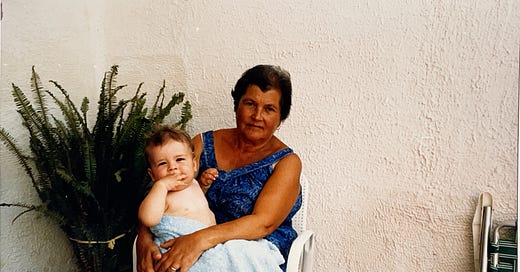


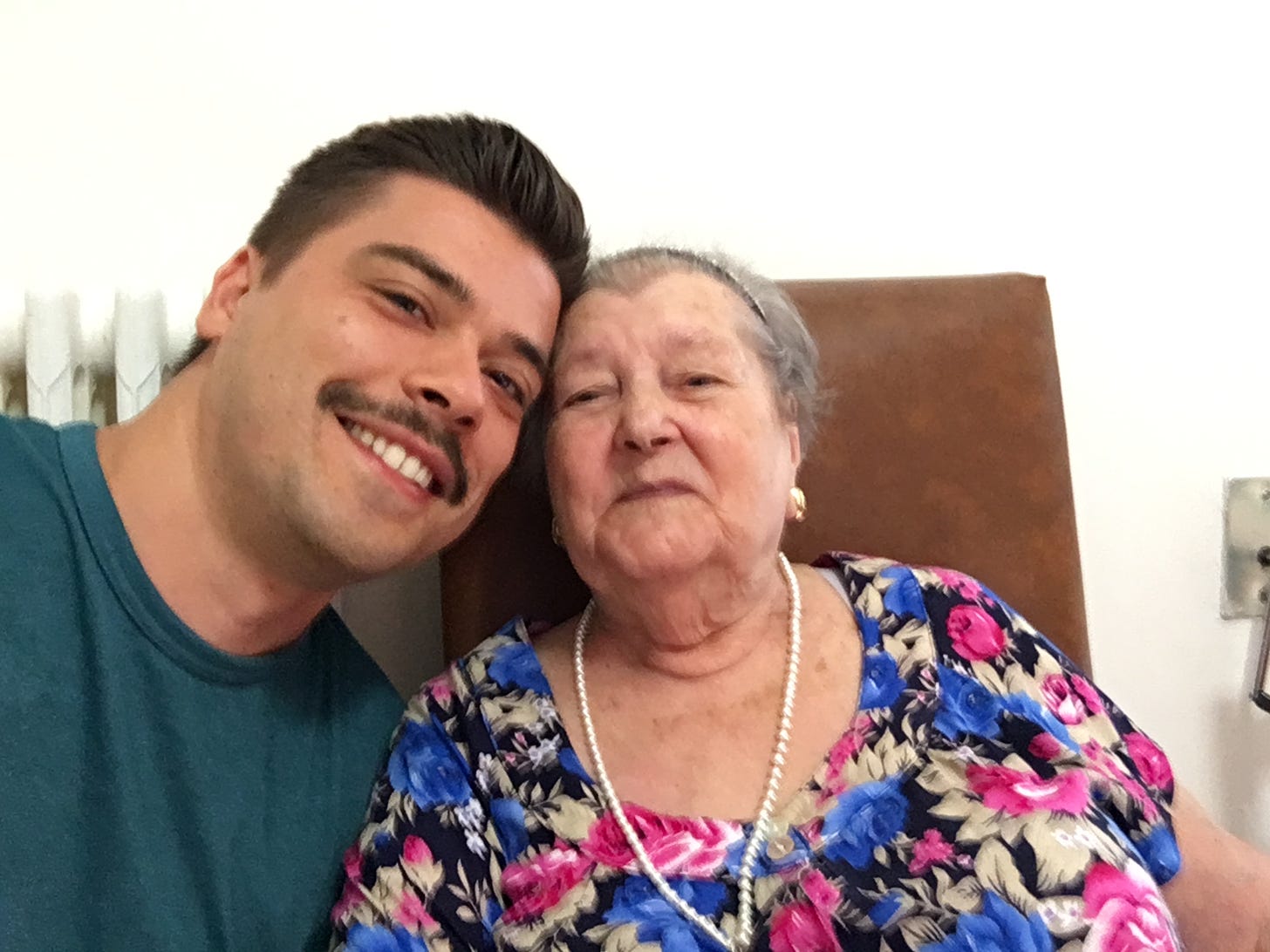

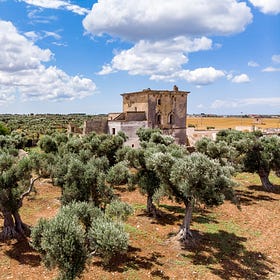
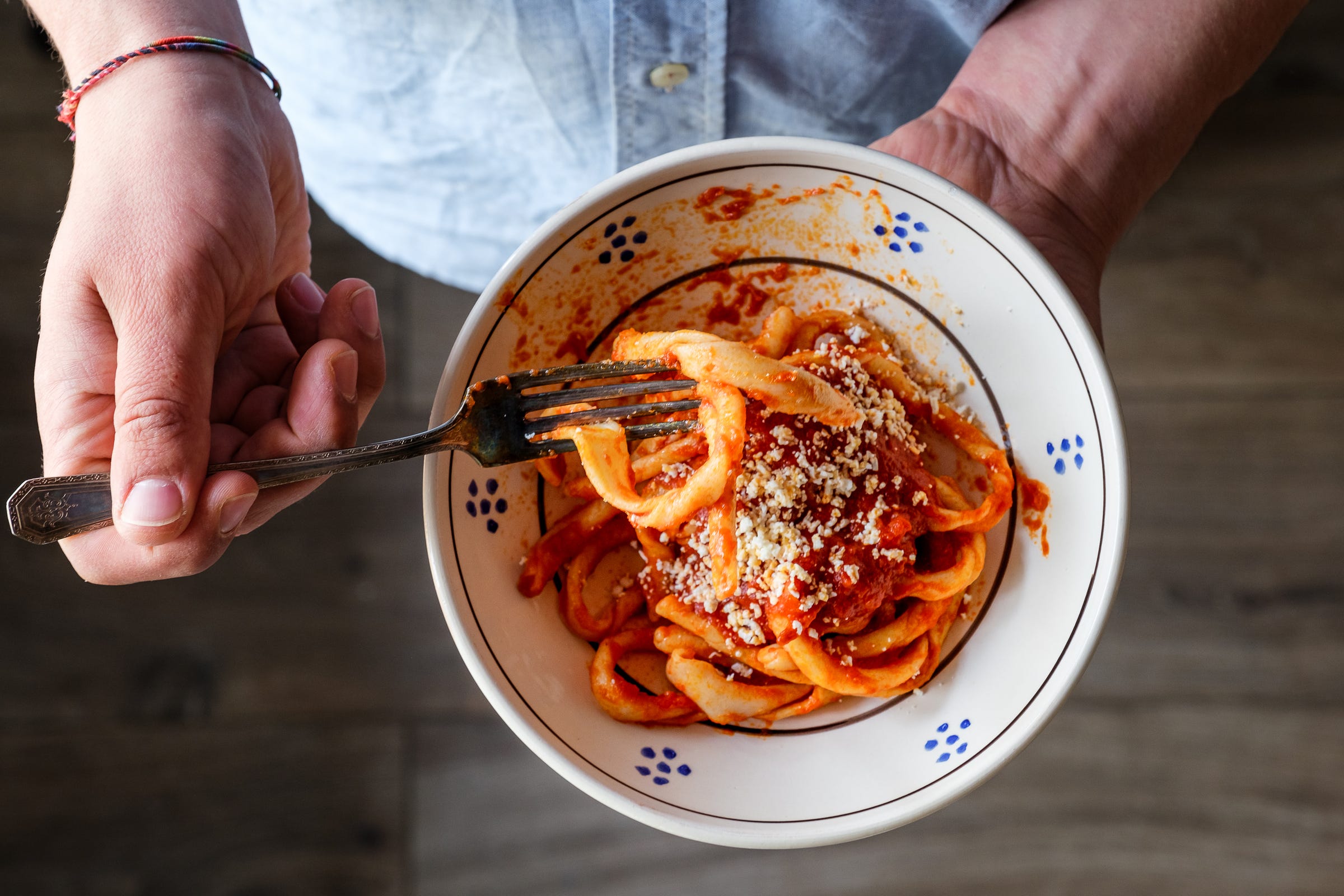

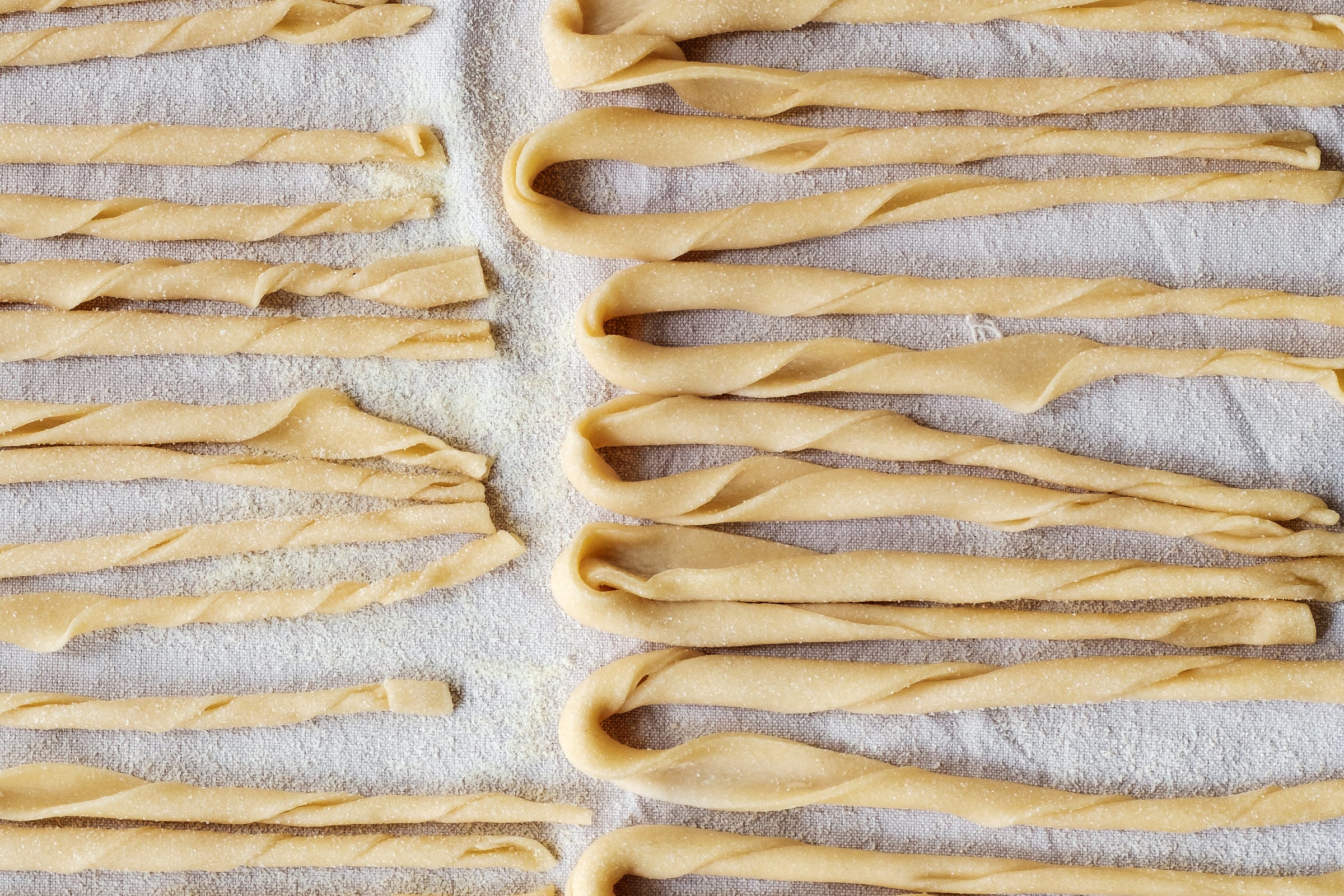

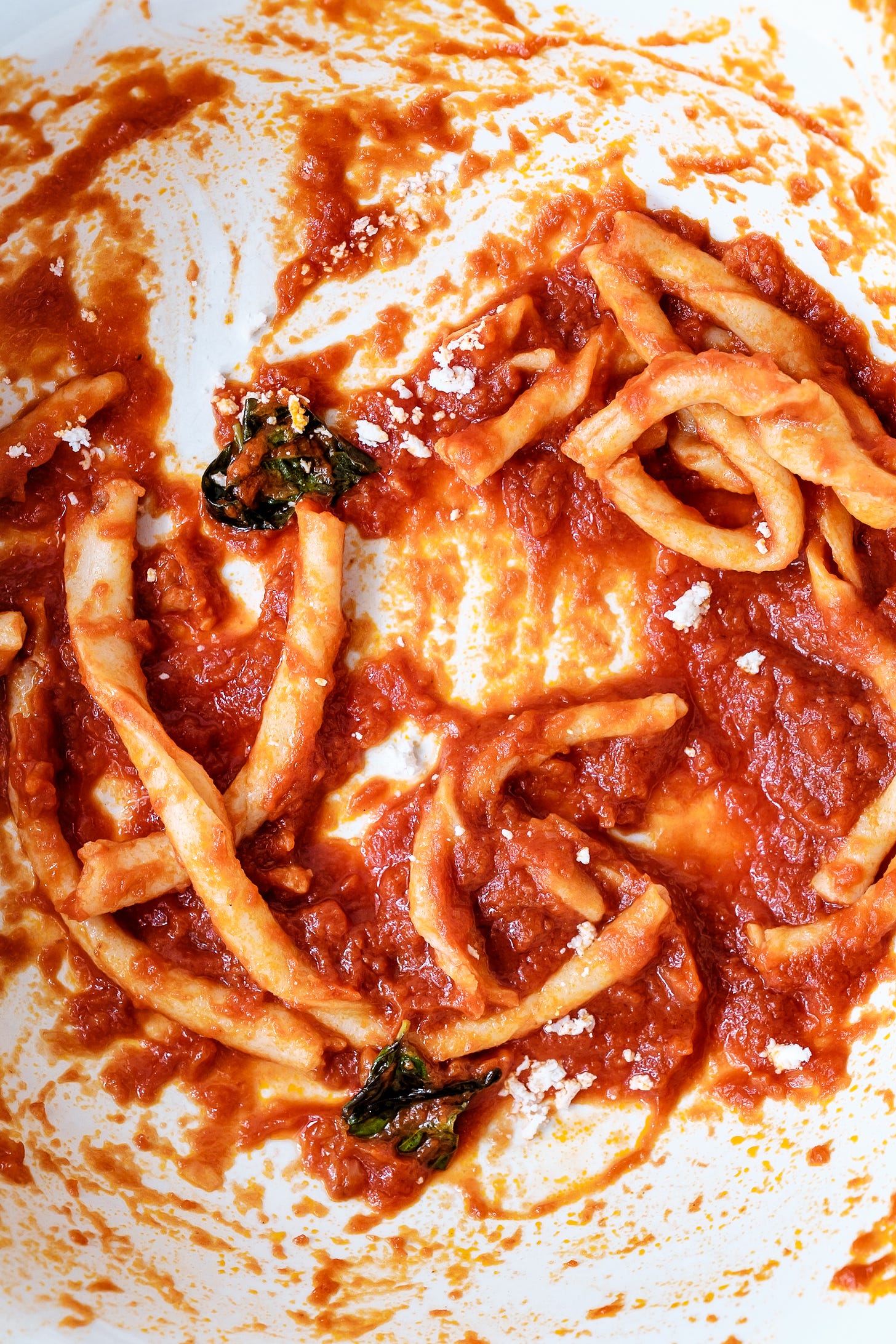
Thank you for always keeping alive the memory of my loved ones ❤️
I love this so much; thank you for sharing.